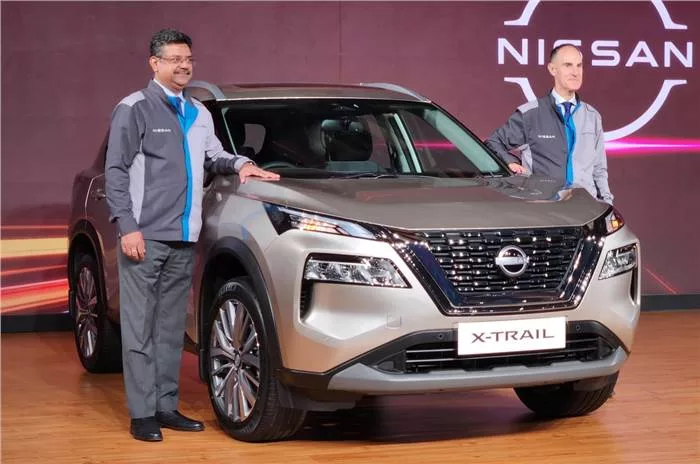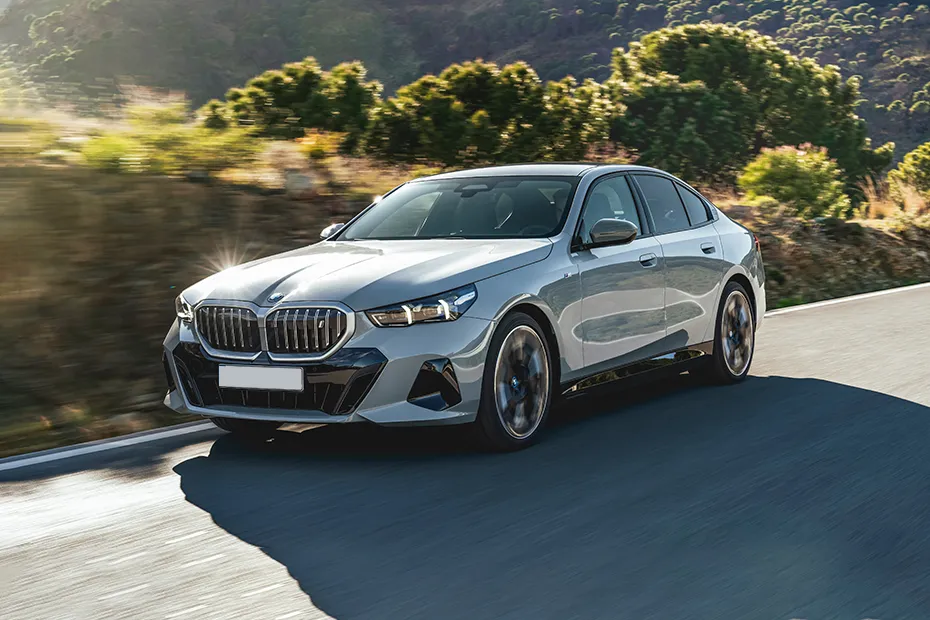Manual vs automatic transmission is a dilemma that every car buyer has gone through at least once in their lifetime. Dial back a couple of years and the demand for automatic cars was stagnant. But, those days are now a thing of the past. Demand for cars with automatic gearboxes is now on a steady rise and the domination of manual gearboxes has started taking a back seat, thanks to congested roads, and the general masses’ perception of automatics.
Once seen as an expensive and fuel-consuming option, consumers have started to welcome automatic transmissions with open hands. This is also thanks to the advent of affordable technologies such as AMT (Automated Manual Transmission). Automatic transmissions have also come a long way in the last two decades and dethroned manuals when it comes to outright performance as it has reached a point where an automatic gearbox is actually faster than a manual gearbox. A case in point being Volkswagen’s DSG automatic which is faster and more economical than a manual.
Also Read – DSG vs DCT
- What is a manual transmission and how does it work?
- What is an automatic transmission and how does it work?
- Difference between manual and automatic transmissions
- Service and Maintenance Costs
- Insurance Costs
- Purchasing Cost
- Manual vs Automatic Transmission Summary
- FAQs on Manual vs Automatic Transmission
What is a manual transmission and how does it work?

As the name suggests, a manual transmission requires manual intervention to function. There will be multiple gears in manual transmission and to shift from one gear to another, one has to manually do it with the help of a shifter and clutch. The clutch is the most important part of a manual gearbox as it basically helps isolate the rotating engine and the gearbox.
To shift gears, you have to get off the throttle, push the clutch in, and slot into the right gear. When you press the clutch, the engine is basically disconnected from the drivetrain or the gearbox which drives the wheels. So in this brief period, one can shift up or down the gears using the gear shifter. This process remains the same for all manual gearboxes and how a manual gearbox function is completely up to the driver.
What is an automatic transmission and how does it work?

Similar to the manual gearbox, in automatics, there is a clutch (or a similar part), a shifter and a gearbox with a set of gears (except for a CVT) which drives the wheels. But how it differs from the manual is that the shifting is an automated process and hence the shifting is done automatically. So an automatic does with just two pedals, the accelerator and the brake. But it is not as simple as manuals since there are many types of automatics and how they work is also distinct from each other.
No matter the type of the automatic gearbox, shifting is done automatically with the help of a control unit which assesses various parameters such as throttle position, speed, pitch, intake airflow and temperature, etc to shift the gears when it finds it optimal to do so. The four main types of automatic gearboxes are AMT(Automated Manual Transmission), CVT(Continuously Variable Transmission), Torque Converter and Dual-Clutch transmissions.
Also Read – CVT Cars In India
AMT (Automated Manual Transmission): The most straightforward and affordable version of the automatic gearbox basically uses a manual gearbox. How it differs from a manual is just that it automates the clutch and shifting using a set of actuators instead of the driver doing it manually.
CVT: Short for Continuously Variable Transmission, CVT provides infinite gear ratios There are two conical pulleys connected by a belt which can change positions depending on the need and hence change the gearing on the fly. There are no fixed gears or gear ratios like other gearboxes and hence CVTs tend to be efficient. The best applications of a CVT can be found in our run-of-the-mill scooters.
Torque Converter: The oldest and the most reliable and the most preferred automatic gearbox on the planet uses fluid dynamics. There are three components – a pump, a stator, and a turbine that is connected to the main gearbox. The working is intricate, to say the least. The transmission fluid rotates the turbine which in turn drives the transmission that uses planetary gears. The main advantage of a torque converter is that it helps in multiplying torque and operates smoothly.
Dual Clutch Transmission (DCT): DCTs are the most advanced form of automatic gearboxes available today. It also happens to be the quickest shifting. There are two clutch packs, one clutch pack controls the even set of gears while the other clutch pack controls the odd set of gears. Hence, the DCT can preselect the next gear using one clutch and can shift quickly when needed. It is a complicated system that also involves the use of advanced mechatronics.
Also Read – DCT vs CVT
Difference between manual and automatic transmissions
Transmission Type | Mechanics | Driving Experience | Fuel efficiency |
Manual | There’s a gearbox, clutch and H-shifter. The engine transmits power through the gearbox to the driving wheels. The clutch cuts the engine and the gearbox and enables you to shift gears up and down. | The driver has to press the clutch and change gears up or down for a smooth drive. How a manual transmission works is up to the driver. If done rightly, the manual gearbox can be smooth but there is a learning curve and not something that can be done easily the first few times. | Manuals are generally fuel efficient if operated properly, that is shifting gears at the right time. But manuals can also drink a lot of fuel if not operated properly. For example, not shifting up at the right engine speed can burn more fuel. |
Automatic | Similar to manuals, there’s a gearbox but the gearshifting process is completely automated and there is no clutch or an H-pattern shifter. A host of sensors and computers decide when to actuate the clutch and change gears. | The driver doesn’t need to worry about shifting. The driver only has to provide an accelerator and braking input while the automatic gearbox takes care of everything else. | Automatics are known to be less fuel efficient than manual counterparts. But, modern automatic gearboxes have come a long way and now offer good fuel economy. |
Service and Maintenance Costs
Manual transmissions are generally hassle-free in nature and extremely reliable as well. But still, the clutch is a wear and tear part that has to be replaced every 60,000 to 1,00,000 km depending on various factors. The transmission fluid also needs to be replaced at set intervals. The latter is a relatively inexpensive process while replacing the clutch involves major work and therefore costs more.
Since AMT is basically a manual gearbox with actuators for the clutch and shifter, the service and maintenance cost should be similar to a manual. The Torque converter is the most reliable automatic gearbox and regular change of transmission fluid is all it needs. CVTs also require less maintenance and changing the gearbox fluid is the recommended practice to keep it in good shape. However, DCTs are relatively more expensive to maintain as they contain two clutch sets and are more susceptible to failure. Refurbishing and replacing a DCT gearbox is also an expensive affair since it contains many complex parts and mechatronic systems.
Insurance Costs
Automatic transmissions are generally more expensive to insure since they are complex systems that are not as cheap as manual transmissions when it comes to repairs. But this is only for special insurance where the drivetrain is covered. When it comes to regular motor insurance that we use to insure our cars, there is no difference in insurance cost for an automatic and manual transmission vehicle.
Purchasing Cost
When it comes to the purchasing cost of manual and automatic transmissions, it’s not news that manuals are the more affordable option of the two. However, with the advent of AMT gearboxes over the last few years, the price difference has come down to an extent that the difference isn’t significant anymore.
However, the story remains the same for the other three types of automatic transmissions as they still command a good premium over a manual gearbox. Out of the trio, it is the DCT that is the most expensive since it is also the most advanced here. DCTs are more focused on performance cars and hence tend to be priced on the higher side. CVTs and Torque Converters, although not as expensive as DCTs, still command a premium over a manual gearbox-equipped vehicle.
Manual vs Automatic Transmission Summary
Overall, looking at the pros and cons, it’s clear that manual and automatic transmissions differ from each other drastically and work in different ways. Manual gearboxes are still the go-to choice if you love to drive and don’t mind shifting gears even if you run into a chock-a-block. They’ve been around for ages and are the most reliable option. The icing on the cake is the added fuel economy of manual transmissions along with the lower purchasing cost and maintenance.
However, if you use a car strictly as a point A to B commuting object, the automatic might be the best option for you. Your left foot will thank you for this decision and moreover, automatic transmissions make driving so much easier. With different types available right now, automatics are a strong option to consider. DCTs and modern torque converters, especially the ones from ZF offer the best of both worlds as they also come with quick manual controls in the form of paddle shifters. So you ideally wouldn’t miss out on the fun factor associated with manuals as well.
FAQs on Manual vs Automatic Transmission
Is manual more reliable than automatic?
Generally, manuals are more reliable since there are no complex parts involved.
Are manual cars faster than automatic cars?
Manuals are fast but automatics have caught up and apart from AMT and CVTs, automatic transmissions are now faster than manuals.
Are automatic cars good for hills?
Automatic cars have no problems with hills and inclines and most automatic cars now are also offered with hill-hold control for added convenience.
Are automatic cars less fuel efficient compared to manual cars?
Presently, Automatic transmission cars can equal manual transmission cars when it comes to efficiency.

